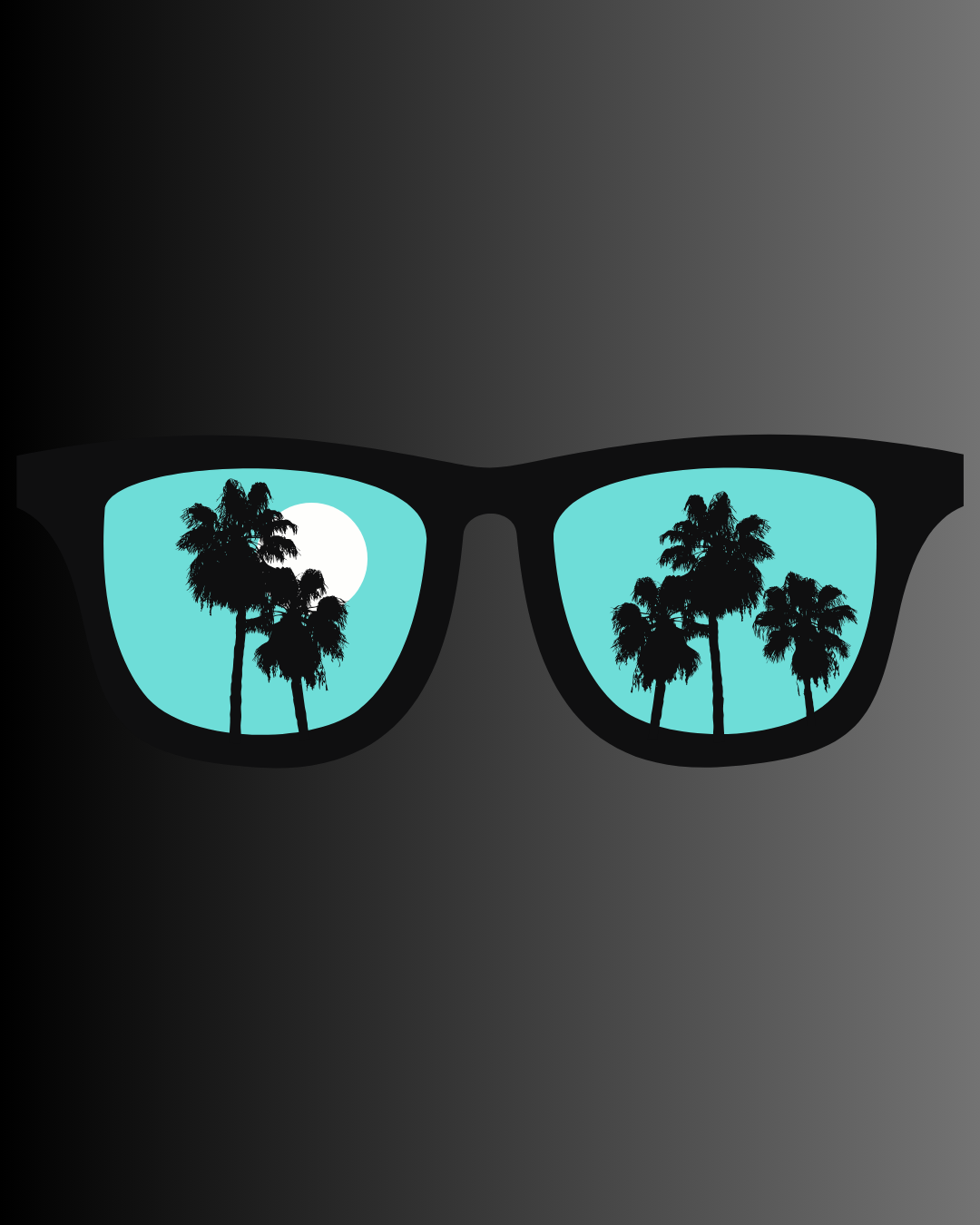
Do You Really Need UV, Polarization, AND Laser Protection? Breaking Down Lens Tech
When it comes to sunglasses, the options can feel overwhelming. Walk into any store—or scroll through any online shop—and you’ll see claims like 100% UV protection, polarized lenses, blue light defense, ballistic-rated, and even laser protection.
It raises a fair question: do you really need all of these features, or is it just marketing hype?
Let’s break it down piece by piece and look at what UV protection, polarization, and laser protection really mean, who needs them, and why combining them in one pair of sunglasses might make more sense than you think.
UV Protection: The Non-Negotiable
If you only remember one thing about sunglasses, it should be this: UV protection is non-optional.
Ultraviolet (UV) rays from the sun are invisible but damaging. Over time, unprotected eyes are at risk for cataracts, macular degeneration, and even growths like pterygium (aka “surfer’s eye”). Short bursts of intense UV exposure—like on the water, in the mountains, or while flying—can also cause photokeratitis, essentially a sunburn on your eyes. Ouch.
What to look for:
-
Lenses labeled 100% UVA/UVB protection or UV400.
-
Darker lenses don’t always mean more UV protection—check the specs, not just the tint.
-
If a pair doesn’t mention UV at all, that’s a red flag.
Bottom line: UV protection is the baseline. Every pair of sunglasses you own should have it.
Polarization: Clarity Meets Comfort
After UV protection, polarization is the next most common “premium” lens feature you’ll hear about. And for good reason.
Polarized lenses are designed to reduce glare—the bright, reflected light that bounces off water, glass, dashboards, and shiny surfaces. Instead of letting chaotic light waves flood your vision, polarized filters only allow certain light waves through, cutting glare and sharpening contrast.
Benefits of polarization:
-
Clearer vision on the water, in the snow, or on the road.
-
Reduced eye strain on long days.
-
More vibrant colors and details.
The catch? For pilots, military, and tactical professionals, traditional polarized lenses can be a problem. They sometimes black out LCD screens, MFDs, or HUDs—making it harder to read critical displays. That’s why specialized screen-compatible polarization has become a game-changer: you get the anti-glare benefits without sacrificing cockpit or tactical visibility.
So, while polarization is optional for some, for aviators, law enforcement, and outdoorsmen, it’s not just a nice-to-have—it’s a safety feature.
Laser Protection: The New Frontier
Laser protection is where things get really interesting.
In the past, sunglasses were mainly about sun and glare. But in today’s environment—both military and civilian—lasers are an emerging threat.
From handheld laser pointers aimed at aircraft to laser devices in law enforcement or combat zones, unprotected eyes can suffer serious, even permanent, retinal damage. Different lasers operate at different wavelengths, which is why high-end protective eyewear specifically lists the bands they block—commonly blue, green, and red.
Who needs laser protection?
-
Pilots: Cockpit laser strikes are on the rise worldwide. The FAA reports thousands of incidents every year.
-
Military & law enforcement: Exposure risk is higher during training and operations.
-
Outdoor pros & adventurers: While less common, accidental exposure is possible in certain industries and environments.
Laser-protective sunglasses filter out hazardous wavelengths while still allowing normal light through, so you can see clearly without the risk.
It’s not something most everyday consumers think about, but for aviation, tactical, and mission-driven use, it’s becoming essential.
Do You Need All Three?
So here’s the million-dollar question: is it overkill to want UV, polarization, and laser protection in one pair of sunglasses?
Let’s put it in context:
-
UV: Non-negotiable. Everyone needs it, no exceptions.
-
Polarization: Essential if you deal with glare—flying, driving, fishing, shooting, skiing, or just spending time outdoors. If you’re in a cockpit or tactical role, you need polarization that’s screen compatible.
-
Laser protection: Critical if you’re a pilot, military, or law enforcement professional. Increasingly relevant for anyone working in high-risk environments.
When combined, these technologies don’t just protect your eyes—they expand what you can safely do.
